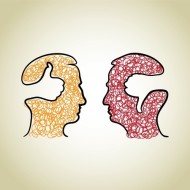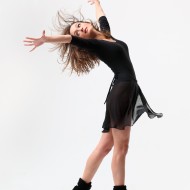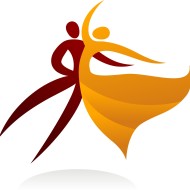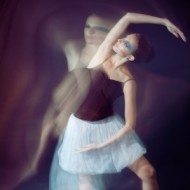
Rudolf Laban observed that movement can be perceived from three distinct angles:
- the “biological innocent” — the person enjoying movement inwardly, as a bodily experience,
- the “scheming mechanic” – the person who observes movement analytically and objectively from the outside,
- the “emotional dreamer” – the person who seeks the meaning of movement in the intangible world of emotions and ideas
Laban asserts that these three perspectives operate constantly in all of us. Sometimes we favor one or the other view, and “sometimes we compress them in a synthesized act of perception and function.”… Read More








